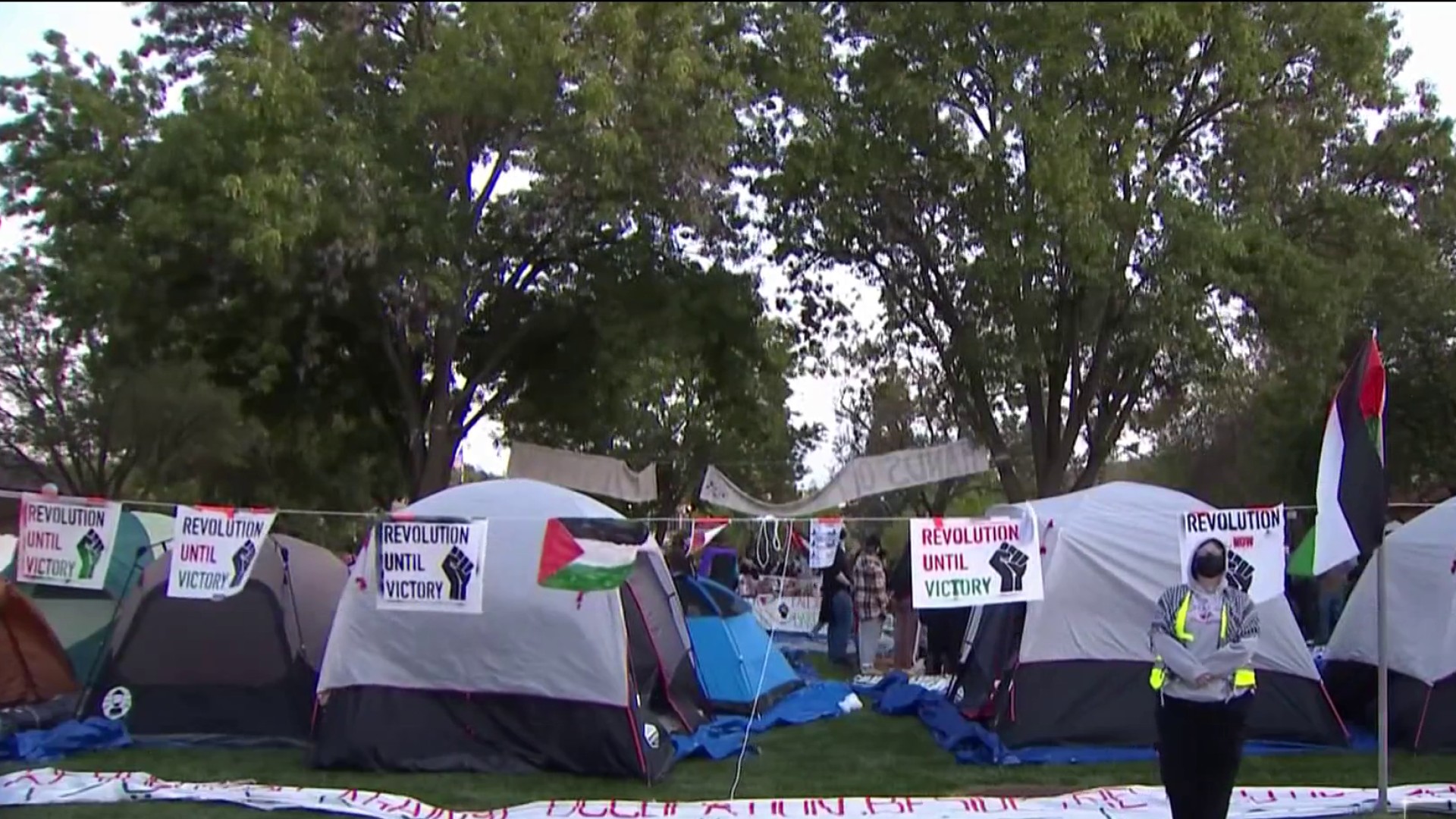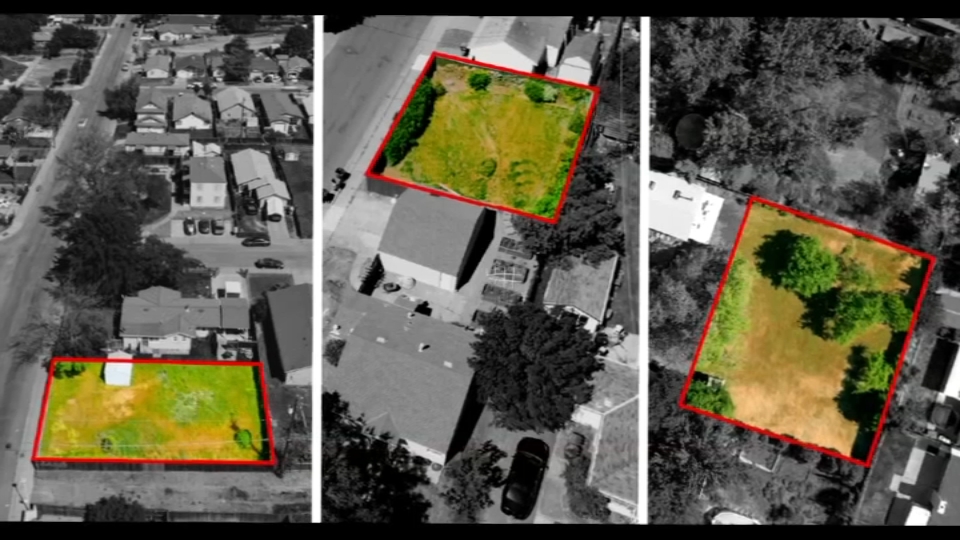State officials allowed oil and gas companies to pump nearly three billion gallons of waste water into underground aquifers that could have been used for drinking water or irrigation.
Those aquifers are supposed to be off-limits to that kind of activity, protected by the EPA.
“It’s inexcusable,” said Hollin Kretzmann, at the Center for Biological Diversity in San Francisco. “At (a) time when California is experiencing one of the worst droughts in history, we’re allowing oil companies to contaminate what could otherwise be very useful ground water resources for irrigation and for drinking. It’s possible these aquifers are now contaminated irreparably.”
California’s Department of Conservation’s Chief Deputy Director, Jason Marshall, told NBC Bay Area, “In multiple different places of the permitting process an error could have been made.”
“There have been past issues where permits were issued to operators that they shouldn’t be injecting into those zones and so we’re fixing that,” Marshall added.
In “fracking” or hydraulic fracturing operations, oil and gas companies use massive amounts of water to force the release of underground fossil fuels. The practice produces large amounts of waste water that must then be disposed of.
Marshall said that often times, oil and gas companies simply re-inject that waste water back deep underground where the oil extraction took place. But other times, Marshall said, the waste water is re-injected into aquifers closer to the surface. Those injections are supposed to go into aquifers that the EPA calls “exempt”—in other words, not clean enough for humans to drink or use.
But in the State’s letter to the EPA, officials admit that in at least nine waste water injection wells, the waste water was injected into “non-exempt” or clean aquifers containing high quality water.
For the EPA, “non-exempt” aquifers are underground bodies of water that are “containing high quality water” that can be used by humans to drink, water animals or irrigate crops.
If the waste water re-injection well “went into a non-exempt aquifer. It should not have been permitted,” said Marshall.
Local
The department ended up shutting down 11 wells: the nine that were known to be injecting into non-exempt aquifers, and another two in an abundance of caution.
In its reply letter to the EPA, California’s Water Resources Control Board said its “staff identified 108 water supply wells located within a one-mile radius of seven…injection wells” and that The Central Valley Water Board conducted sampling of “eight water supply wells in the vicinity of some of these… wells.”
“This is something that is going to slowly contaminate everything we know around here,” said fourth- generation Kern County almond grower Tom Frantz, who lives down the road from several of the injection wells in question.
According to state records, as many as 40 water supply wells, including domestic drinking wells, are located within one mile of a single well that’s been injecting into non-exempt aquifers.
That well is located in an area with several homes nearby, right in the middle of a citrus grove southeast of Bakersfield.

State records show waste water from several sources, including from the oil and gas industry, has gone into the aquifer below where 60 different water supply wells are located within a one mile radius.
“That’s a huge concern and communities who rely on water supply wells near these injection wells have a lot of reason to be concerned that they’re finding high levels of arsenic and thallium and other chemicals nearby where these injection wells have been allowed to operate,” said Kretzmann.
“It is a clear worry,” said Juan Flores, a Kern County community organizer for the Center on Race, Poverty and The Environment. “We’re in a drought. The worst drought we’ve seen in decades. Probably the worst in the history of agriculture in California.”
“No one from this community will drink from the water from out of their well,” said Flores. “The people are worried. They’re scared.”
The trade association that represents many of California’s oil and gas companies says the water-injection is a “paperwork issue.” In a statement issued to NBC Bay Area, Western States Petroleum Association spokesman Tupper Hull said “there has never been a bona vide claim or evidence presented that the paperwork confusion resulted in any contamination of drinking supplies near the disputed injection wells.”
However, state officials tested 8 water supply wells within a one-mile radius of some of those wells.
Four water samples came back with higher than allowable levels of nitrate, arsenic, and thallium.
Those same chemicals are used by the oil and gas industry in the hydraulic fracturing process and can be found in oil recovery waste-water.
“We are still comparing the testing of what was the injection water to what is the tested water that came out of these wells to find out if they were background levels or whether that’s the result of oil and gas operation, but so far it’s looking like it’s background,” said James Marshall from the California Department of Conservation.
Marshall acknowledged that those chemicals could have come from oil extraction, and not necessarily wastewater disposal.
“But when those (further) test results come back, we’ll know for sure,” Marshall said.
When asked how this could happen in the first place, Marshall said that the long history of these wells makes it difficult to know exactly what the thinking was.
“When you’re talking about wells that were permitted in 1985 to 1992, we’ve tried to go back and talk to some of the permitting engineers,” said Marshall. “And it’s unfortunate but in some cases they (the permitting engineers) are deceased.”
Kern County’s Water Board referred the Investigative Unit to the state for comment.
California State officials assured the EPA in its letter that the owners of the wells where chemicals were found have been warned and could ask for further testing of their drinking wells.



